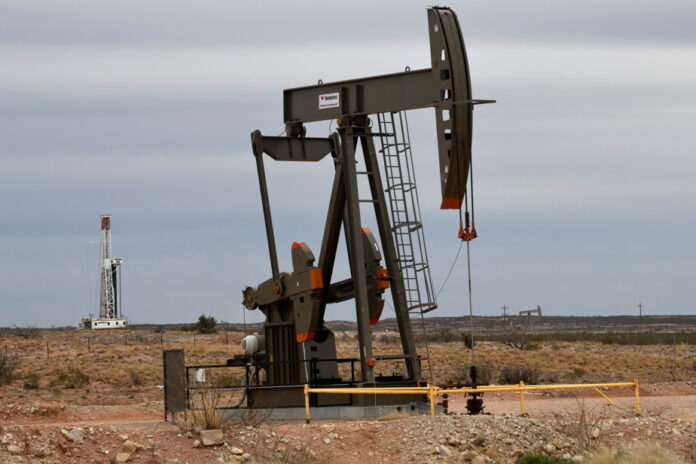(New York) Oil prices continued to slide on Thursday, in the wake of a stock market disappointed with business prospects and several lackluster U.S. indicators that could signal an upcoming economic slowdown weighing on demand for crude.
A barrel of Brent North Sea oil for June delivery fell 2.43% to $81.10.
Its American equivalent, the barrel of West Texas Intermediate (WTI), for delivery in May, of which it was the last trading day, dropped 2.36%, to 77.29 dollars.
Prices are thus at their lowest for three weeks.
“There are fears that the economy will slow down,” Phil Flynn of Price Futures Group told AFP, noting that Wall Street’s performance had been “much less spectacular in recent days”.
The analyst also pointed to “a much worse-than-expected Philadelphia-area manufacturing indicator” falling for the eighth month in a row “and a further drop in home resales”, the thirteenth in a row (-2.4% in March over the month).
In addition, New York Fed Chairman John Williams asserted on Wednesday that inflation was still far “too high”, emphasizing the central bank’s intention to “use its tools to bring it down”.
However, a massive drop in US crude oil inventories published on Wednesday should have had a bullish effect on black gold prices, recognized Phil Flynn.
“The market ignores the ‘oil’ supply and demand numbers and focuses on the possibility of an economic downturn,” he explained. “Investors are looking to outside markets to make their decisions.”
“Commodity investors have no choice but to hedge against the risk that central banks will continue to raise rates, slowing the economy and lowering demand for gasoline,” said SPI analyst Stephen Innes. “.
In the United Kingdom, the level of inflation remained hovering above 10% in March, according to figures published on Wednesday.
The market is thus anticipating “a further rate hike from the Bank of England and the European Central Bank”, according to Stephen Brennock of PVM Energy, as inflation remained “at detrimental levels last month”.
Both Brent and WTI lost their gains linked to voluntary production cuts by some members of the Organization of the Petroleum Exporting Countries and their allies (OPEC), announced in early April, and which are due to start in May until the end of the year 2023.





